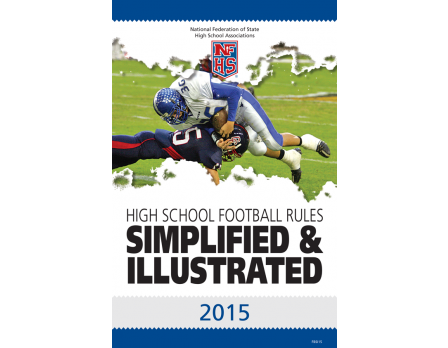- Softball Umpire Rules
- College Softball Umpire
- Ncaa Softball Umpires Manual
- 3 Man Umpire Mechanics Softball

- WBSC Softball Fastpitch Umpire Manual. (Randy Souliers, Bob Henning, Brian Van Os); NCAA Softball. R REVIEW – the rule book and this Manual for mechanics.
- This site does not really get into the rules except how they apply to and affect mechanics. Softball Umpire Manual. In softball rules between NCAA.
- Two Umpire System The three umpire. This manual, though providing thorough and detailed coverage of three umpire mechanics, is not.
News and Announcements. We want to thank you for your dedication to the softball umpire program and whether. Thank you for your dedication to NCAA softball. History of the Softball Umpire Program. In 2000, the NCAA Division. The Softball Umpire. In 2003 the SUIP introduced a comprehensive umpire mechanics manual.
Softball Umpire Rules
| The Mission of the NCAA Softball Umpire Program is to improve the overall quality of umpiring throughout college softball by: |
|
| The NCAA Softball Umpire Advisory Staff has identified the following areas as priorities: |
|
History of the Softball Umpire ProgramIn 2000, the NCAA Division I Softball Committee created and funded the Softball Umpire Improvement Program (SUIP). Jeff Hansen was hired as national coordinator with the responsibility of creating a format to assist the conferences in implementing a formal training and evaluation program for the purpose of standardizing the way the game is umpired throughout the country. The need for standardization of mechanics, positioning and philosophy throughout the country existed as far back as the early 1980s and has become even more necessary as softball has grown in popularity and parity.
In 2003 the SUIP introduced a comprehensive umpire mechanics manual, reduced the staff of regional coordinators to two, and established an observation program consisting of the national staff and six national observation team members. In 2004, the SUIP held a series of three regional clinics across the country. In 2005 the SUIP assumed responsibility for selecting umpires for all Division II postseason play as well as for the newly added format of super regionals at the Division I level. Jeff Hansen resigned as national coordinator at the end of the 2005 season, and Kathy Strahm, a former regional coordinator, took the helm beginning with the 2006 season. A new regional coordinator was hired to fill the vacancy left by Strahm. In 2006, the SUIP was given the responsibility of selecting umpires for Division III postseason play, thus making the SUIP responsible for selecting umpires for all NCAA postseason play. Regional clinics jumped to four in 2007 and five in 2008 and 2009.
In 2010, Donna Vavrinec a former National Championship umpire and member of the National Observation team was named the new National Coordinator. Under her leadership the SUIP was changed to SUP to incorporate the philosophy that improvement was only a part of the program and that we will still work to identify, train and evaluate umpires for post season competition. Four Regional Advisors were named to aid in the communication between coaches, coordinators and umpires. The 2011 Division I regional and super regional competition had assigned non working UIC’s. The UIC was responsible for all administrative duties while the umpires assigned maintained their top priority-umpiring. The progressive selection process was also used in Division II Regional and Super Regional. The regional advisors role became the link from the SUP to the coordinators and coaches. Information was relayed to keep them informed of current rule interpretations, manual and bat list updates. The central HUB will continue to be an integral part of an umpire’s development by allowing current information to be conveyed across the nation at the same time In 2012 Division I,II,III umpires who wish to be considered for a postseason assignment are required to register with the NCAA(Central Hub), view the clinic and pass the rules/mechanics test. The SUP was created to provide the framework for umpires who are serious about an umpire’s responsibility in and to the game and want to enhance their performance level. This program will provide the tools to allow each umpire to reach their goals. By adopting and embracing the philosophy, standards, expectations, objectives and mechanics of this program, an umpire will discover a better way to umpire and provide a better product for every institution served. |



